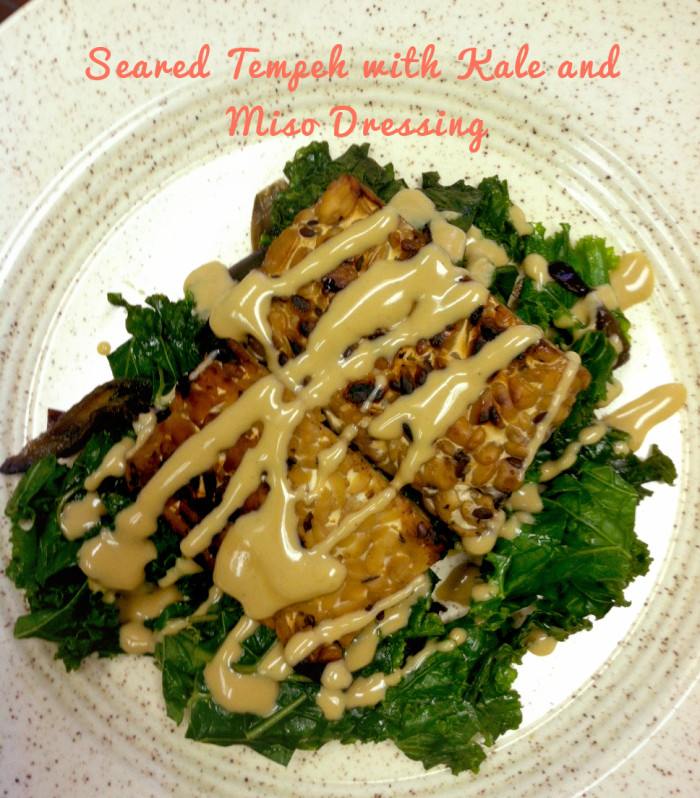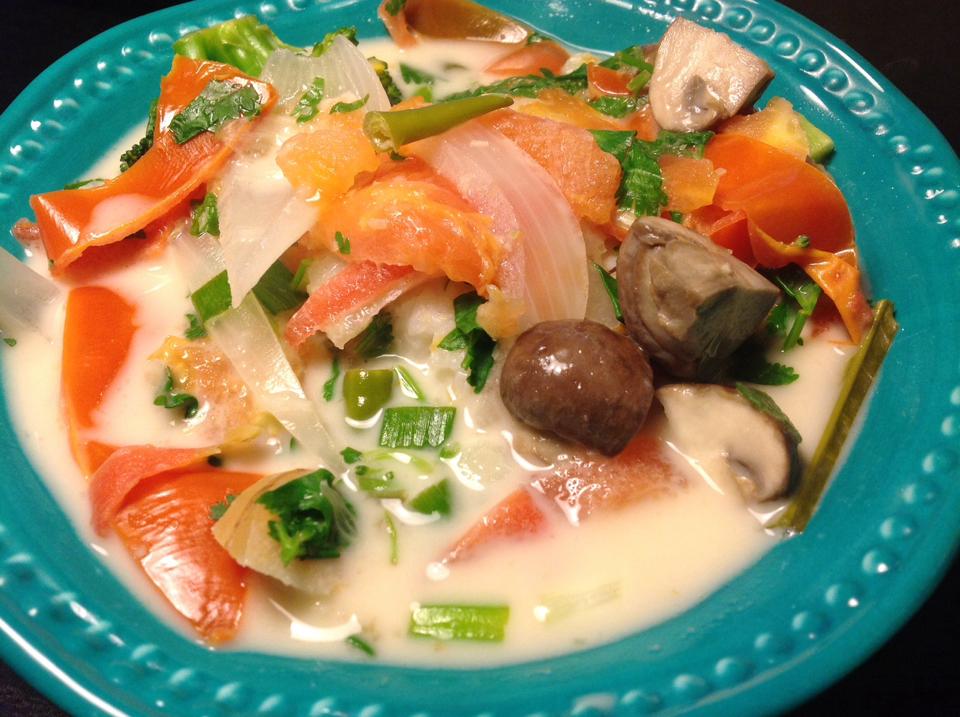When I first became vegan, I was constantly vexed by the defenses offered by my omnivorous friends. They were always describing what they felt was an innate desire to eat animal foods: they maintained that humans have always consumed meat, and to deny oneself of this evolutionary mandate was akin to refusing water or sleep. But what if these defenses were partially accurate? What if there is some component of animal foods that causes some of us to crave them so intensely?
The answer is umami. Umami, which means “deliciousness” in Japanese, is a term used to describe a fifth taste preference that is present in protein-rich foods, one that can be found in both vegan and non-vegan fare. Umami can be detected when a particular food has high levels of the amino acid glutamate. According to some research, we might develop a desire for umami-rich foods at birth because breast milk is high in glutamate. Another study suggests that we have evolved to crave food with lot of umami because—though both plant and animal proteins are ubiquitous today—they were once scarce and valued highly. Whatever the reason, it is clear that umami has and continues to serve a vital role in informing our taste preferences.
What foods contain umami? High amounts of umami can be found in meat, anchovies, fish sauce, and Parmesan cheese. But plenty of vegan foods also contain this prized taste experience. These include:
-Fermented food (wine, tamari, tempeh, and miso, etc.)
-Tomatoes
-Sea vegetables
-Mushrooms
-Olives
-Dried mushrooms
-Sauerkraut
-Nutritional yeast
Even cooking technique will impact the umami content of foods. Roasting, caramelizing, browning, and grilling are all recommended cooking techniques because they free glutamate from proteins.
Next time your friends are dubious of vegan food, serve them an umami-rich meal, which will surely satisfy the satisfaction they normally enjoy from animal foods. The recipe below is one of my favorite winter meals because it incorporates some of my favorite foods—kale, miso, tahini, and tempeh—into a grounding and satisfying entrée.
Seared Tempeh with Kale and Miso-Sesame Dressing
Serves 4
Ingredients:
-1 package tempeh, cut into 8 rectangular pieces
-¼ cup tamari OR soy sauce
-1 tablespoon olive OR coconut OR sesame oil
-1 red onion, cut into half moons
-1 bunch kale, chopped
1. Place sliced tempeh into a bowl or other container and pour tamari over to cover. Let marinate for at least an hour.
2. While tempeh is marinating, slice onion into half moons and heat in a skillet with one tablespoon of oil. Allow to caramelize, about 5-8 minutes.
3. Add kale and cover skillet. Allow to wilt, but not so much that it loses its vibrant color, about 1-2 minutes. Once done, remove onions and kale from skillet.
4. Take tempeh out of marinade, place in skillet, and heat on high heat. Once tempeh is browned on both sides, place on top of kale and onions. Serve with generous amount of miso-sesame dressing (recipe below).
Miso-Sesame Dressing
makes ¾-1 cup
Ingredients:
-¼ cup miso
-¼ cup tahini
-1 tablespoon tamari OR soy sauce
-1 tablespoon nutritional yeast
-Water to thin, adjust to your own preference
Directions: Blend all ingredients in a high speed blender or food processor. Alternatively, place all ingredients in a bowl and whisk until thoroughly incorporated. Store unused portion in refrigerator.
Also by Molly: Easy DIY Vegan Nut Butter!
Should You Eat Expired Food? Debunking the Myth
__
Photo: Molly Lansdowne





